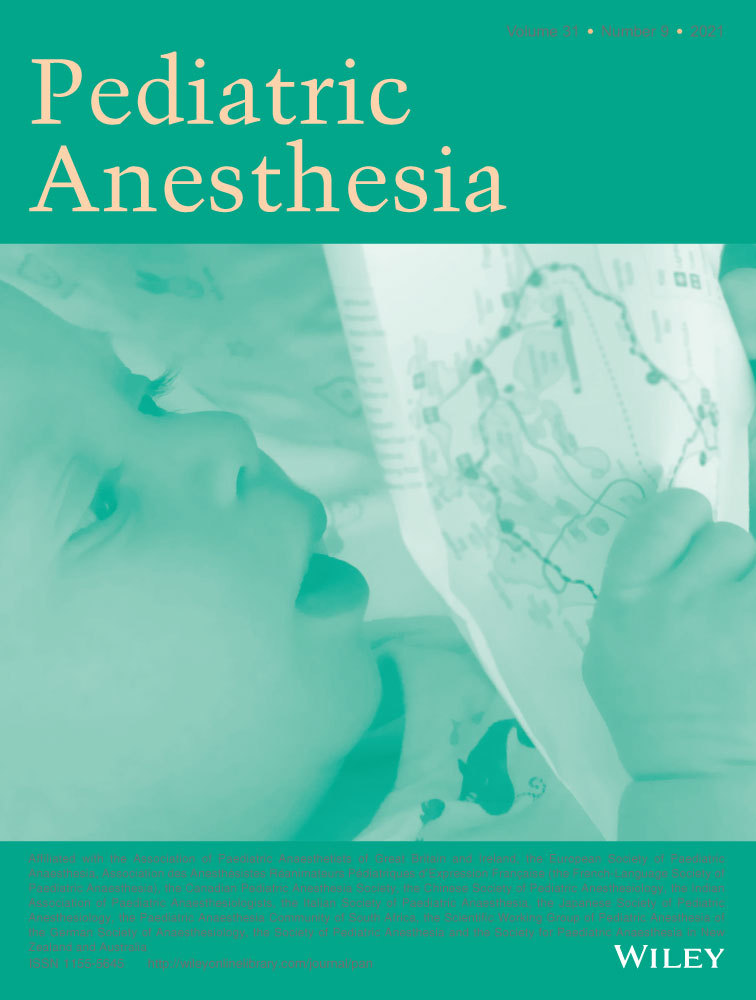An assessment of opioids on respiratory depression in children with and without obstructive sleep apnea
Abstract
Background
Obstructive sleep apnea is a risk factor for respiratory depression following opioid administration as well as opioid-induced hyperalgesia. Little is known on how obstructive sleep apnea status is associated with central ventilatory depression in pediatric surgical patients given a single dose of fentanyl.
Methods
This was a single-center, prospective trial in children undergoing surgery requiring intubation and opioid administration. Sixty patients between the ages of 2–8 years presenting for surgery at Texas Children's Hospital were recruited. Twenty non-obstructive sleep apnea controls and 30 patients with moderate to severe obstructive sleep apnea met inclusion criteria. Following induction of general anesthesia and establishment of steady-state ventilation, participants received 1 mcg/kg intravenous fentanyl. Ventilatory variables (tidal volume, respiratory rate, end-tidal CO2, and minute ventilation) were assessed each minute for 10 min. The primary outcome was the extent of opioid-induced central ventilatory depression over time by obstructive sleep apnea status when compared with baseline values. Secondary aims assessed the impact of demographics and SpO2 nadir on ventilatory depression.
Results
We found no significant difference in percent decrease in respiratory rate (38.1% and 37.1%; p = .950), tidal volume (6.4% and 5.4%; p = .992), and minute ventilation (35.0 L/min and 35.0 L/min; p = .890) in control and obstructive sleep apnea patients, respectively. Both groups experienced similar percent increases in end-tidal CO2 (4.0% vs. 2.2%; p = .512) in control and obstructive sleep apnea patients, respectively.
Conclusions
In pediatric surgical patients, obstructive sleep apnea status was not associated with significant differences in central respiratory depression following a single dose of fentanyl (1 mcg/kg). These findings can help determine safe opioid doses in future pediatric obstructive sleep apneapatients.
DISCLOSURES
BvUS is a section editor for Pediatric Anesthesia. The other authors have no disclosures.
Open Research
DATA AVAILABILITY STATEMENT
Raw data were generated at Texas Children's Hospital. Derived data supporting the findings of this study are available from the corresponding author on request.




